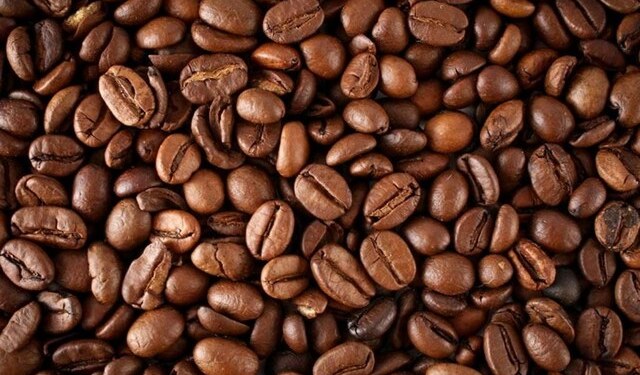US monoethylene glycol faces a variety of factors that lead to a dim outlook for February, market sources said.
Demand has been described as weak, with strong levels of global supply, declining prices in Asia and relative instability in the wider energy complex. In addition, domestic production levels have been strong to start the year, a producer said last week.
US spot MEG reached an assessment of 32 cents/lb FOB USG on Wednesday, marking the lowest assessment since 28.75 cents/lb FOB USG in November 2009, Platts data showed.
“February prices don’t look strong,” a trader said Thursday.
Trading sources said export opportunities have been limited, with no real arbitrage opportunities available and limited buying interest from Asia around the Lunar New Year. A US producer said hopes of South American demand offsetting weak demand in North America have not materialized.
With antifreeze season drawing to a close, the MEG market stands in between its typical demand periods.
A trader said in recent weeks that MEG demand would not likely increase until the summer bottling season in downstream polyethylene terephthalate. MEG constitutes a primary feedstock of PET, with 0.87 lb of purified terephthalic acid and 0.34 lb of MEG required to produce a pound of PET.
If crude prices stabilize, MEG demand may rise, a trader said. Market participants in MEG, like in several petrochemical commodities, have talked of buyers waiting on the sidelines seeking a price floor.
Upstream ethylene may alter the market outlook should US prices decline further. After US spot ethylene reached a 52-month low last week, a trader saw hope for export opportunities should ethylene prices see a farther fall.
The trader said the potential return of Williams Olefins’ steam cracker in Geismar, Louisiana, could push US spot ethylene prices lower. Platts last assessed US spot ethylene at 35 cents/lb FD USG for February and March.
If ethylene reaches 29 cents/lb, US MEG could become highly competitive in Asian markets, the trader said.
– Platts.com




























